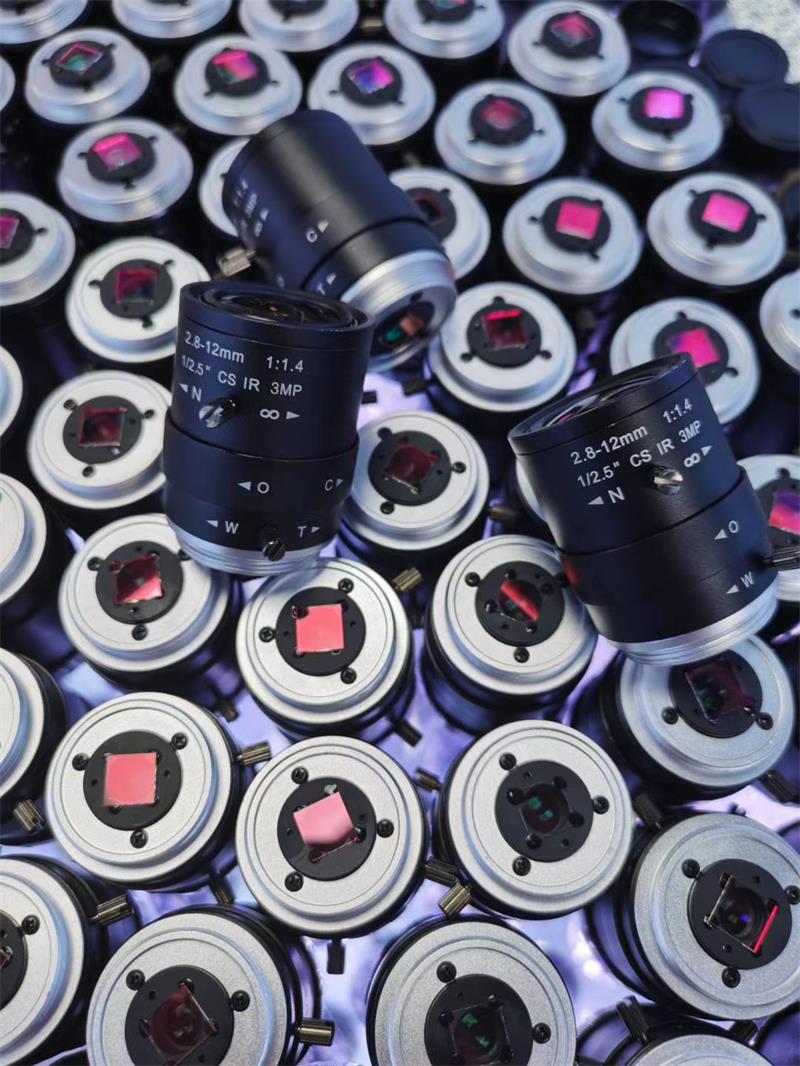Dear Customer,
the following article is useful and valuable for you to know How to Install and clean optical Lens
If there are sticky objects such as nail prints or oil drops during lens installation and cleaning, the absorption rate of the lens will increase and the service life will be shortened. Therefore, the following precautions must be taken:
1. Do not install the lens with bare fingers. Wear finger gloves or rubber gloves.
2. Do not use sharp instruments to avoid damage to the lens surface.
3 When removing the lens, do not touch the film while holding the edge of the lens.
4 The lens should be tested and cleaned in a dry and clean place. The workbench needs multiple cleaning tissues or wipes, and some lens tissues are needed to clean.
5 Users should avoid talking on the lens and keep food, beverages and other potential contaminants away from the work environment.

Proper cleaning method / Solution of Clean Lens
The sole purpose of the lens cleaning process is to remove contaminants from the lens, not to further contaminate or damage the lens. For this reason, relatively low-risk methods are usually required. The following steps have been set for this and the user must use them.
First, use a balloon to blow off the floats on the surface of the component, especially the small particles and floats on the lens float. This step is mandatory. However, do not use compressed air on the production line. This is because the oil and water droplets contained in the air will deepen lens contamination.
The second step is to slightly clean the lens with acetone. This level of acetone is almost anhydrous, reducing the possibility of lens contamination. A cotton ball soaked in acetone must be rotated once to clean the lens under light. If the cotton swab becomes dirty, it must be replaced. To avoid ups and downs, it needs to be cleaned immediately.
If the lens has two coated surfaces like the lens, each side must be cleaned in this way. For protection, the first side should be placed on a clean layer of lens paper.
If acetone cannot remove all the stains, please clean it with acid vinegar. Washing with acid and vinegar removes dirt by dissolving the dirt, but this will not damage the optical lens. This acid vinegar can be experimental grade (diluted to 50%) or white vinegar containing 6% acetic acid. The cleaning procedure is the same as acetone cleaning. Then use acetone to remove the acid and vinegar, and then dry the lens. At this time, it is necessary to replace the cotton ball frequently to completely absorb the acid and hydrate.
If the lens surface is not thoroughly cleaned, it should be polished at this time. Polishing cleaning is to use fine (0.1um) aluminum polishing paste.
Use this white liquid with cotton balls. Since this polishing cleaning is mechanical polishing, the lens surface must be cleaned within 30 seconds, and pressure cannot be applied slowly. Clean the surface with distilled water or a cotton ball soaked in water.
After removing the polished object, clean the lens surface with isopropyl alcohol. Isopropanol collects the remaining abrasives and water and keeps them floating. The cotton ball is immersed in acetone to remove suspended solids. If there is residue on the surface, please clean it again with alcohol and acetone until it is clean.
Of course, certain contaminants and lens damage cannot be removed by cleaning. Especially the film burnt due to metal splash and dirt. The only way to restore good performance is to change the lens.

The correct installation method
If the method is not correct during installation, the lens will be contaminated. Therefore, you must follow the previous steps. If a large number of lenses need to be installed or removed, a fixture needs to be designed to complete the task. Special fixtures reduce the number of contacts with the lens, reducing the risk of lens contamination and damage.
In addition, if the lens is not installed correctly, the laser system will not function properly and may even be damaged. All CO2 laser lenses must be installed in a specific direction. Therefore, the user needs to check the correct direction of the lens. For example, the highly reflective surface of the output mirror must be inside the cavity, while the highly permeable surface must be outside the cavity. In contrast, lasers do not produce lasers, nor do they produce low-energy lasers. The convex face of the final focus lens must be in the cavity, and the second side of the lens must be concave or flat, and the face must function. Instead, the focus increases and the working distance changes. For cutting applications, this increases the cut and slows down the cut. Mirrors are the third most commonly used lens and their installation is also important. Of course, it is easy to recognize the reflector's reflector.
Vehviscam manufacture limited www.Vehviscam provides various kinds of optional Lens for Security Camera, Varifocal Camera, IP Camera, Automotive Camera, Video Conference Camera, Pinhole Camera, CCTV Camera Lens etc, welcome to view more online or contact us